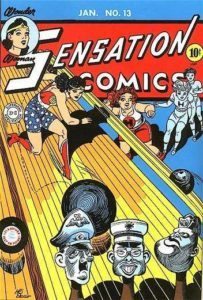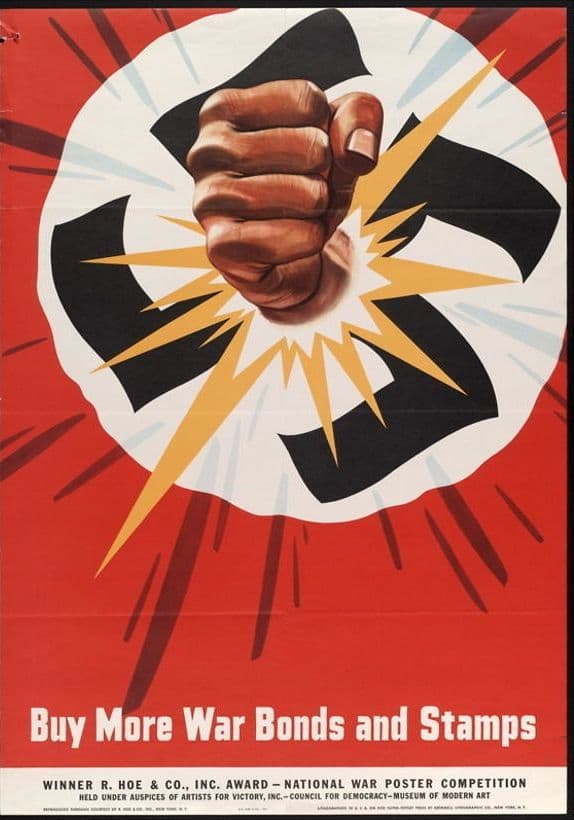This activity is designed for a high-school class learning about World War II.
This lesson should be used when teaching about U.S. involvement with Japan during the war.
Ideally, I would do this with my students before teaching them about the dropping of the atomic bombs of Hiroshima and Nagasaki. I feel it is a good demonstration of propaganda to explain why the U.S. decided to take such drastic measures to end the war.
This activity was created on Edpuzzle. It involves students watching a video from Youtube and answering questions along the way. Questions are timestamped in to the video, and the video atomically stops to allow students to answer the question. The video then continues when students submit their question.
The video “My Japan (1945)” is a propaganda film made by the U.S. to portray Japan in a terrifying light.
Throughout the film, I ask the following questions:
1. How is Japan portrayed so far in this film?
2. What does the narrator refer to as “the heart” of Japan?
3. What are some of the comparisons made between the people of Japan and the people of the U.S.?
4. In making these comparisons, how are the people of Japan being portrayed? How are the people of the U.S. being portrayed?
5. How is Japan being portrayed later in the film?
6. What do you think was the purpose of this film? Why?
7. After seeing the very end of this film, did your mind change on what the purpose of this film was?
Do you think this film was successful in achieving its purpose?
I really enjoyed creating this activity. It was easy for me, as the teacher, to create. The Edpuzzle platform was very simple to use.
I like this method for this activity because I think it will keep students engaged, as it is interactive. Usually when films are shown in class, teachers may have students take notes or answer a worksheet with questions to make sure the student is following along. However, with Edpuzzle, students can go their own speed and can’t “miss” questions. Since in Edpuzzle the video stops for them, students have the time to really think about their. They can also re-watch parts if they need to.
It can be a great activity to do in class, with students wearing headphones, or would even make a great homework assignment, too.




